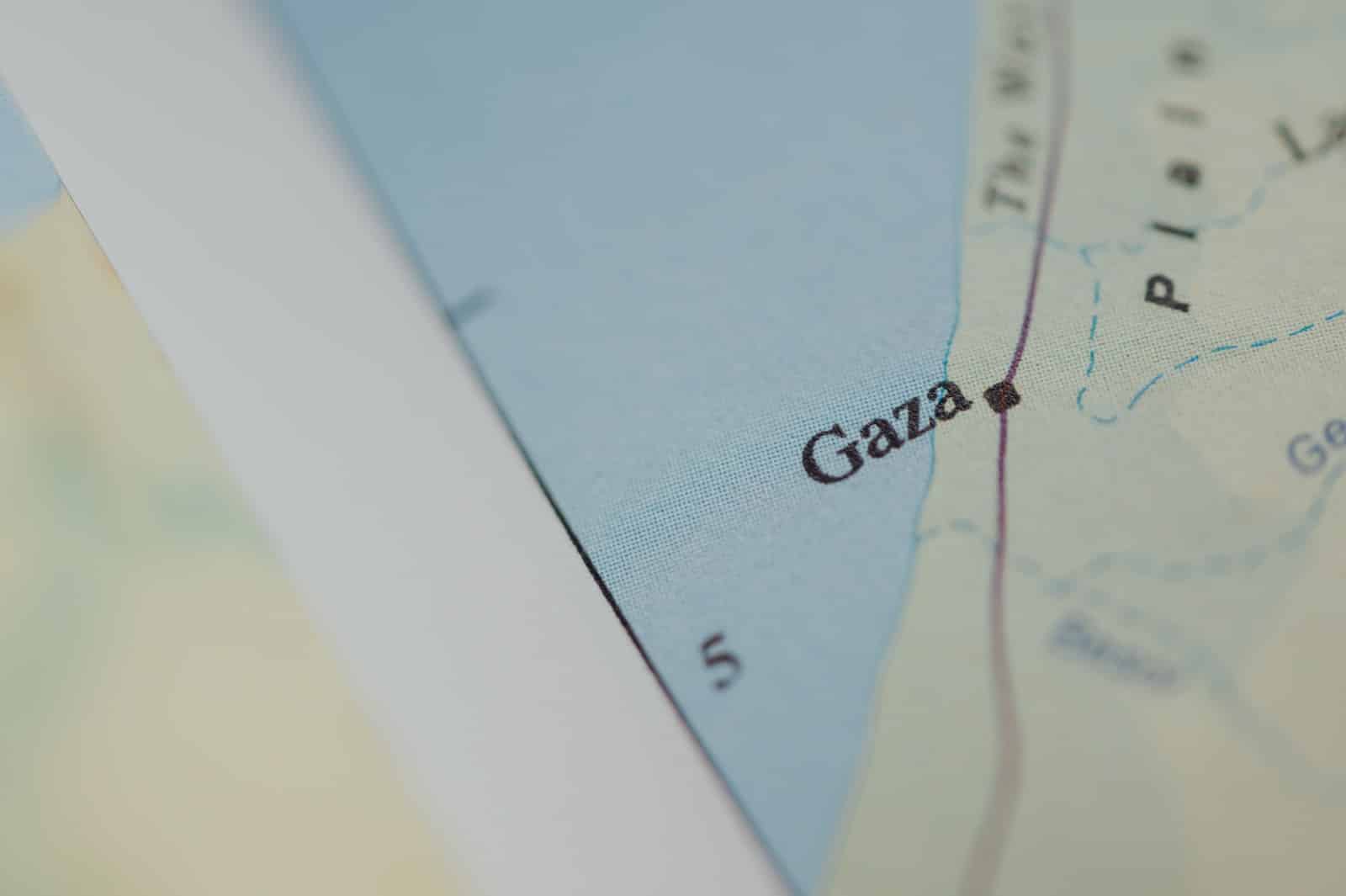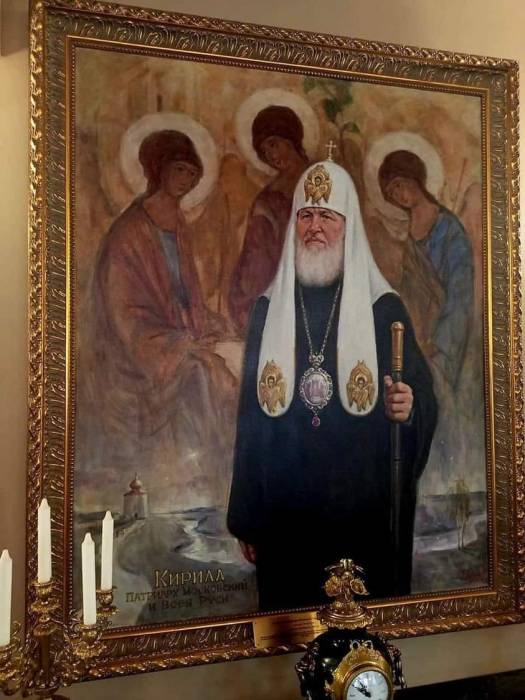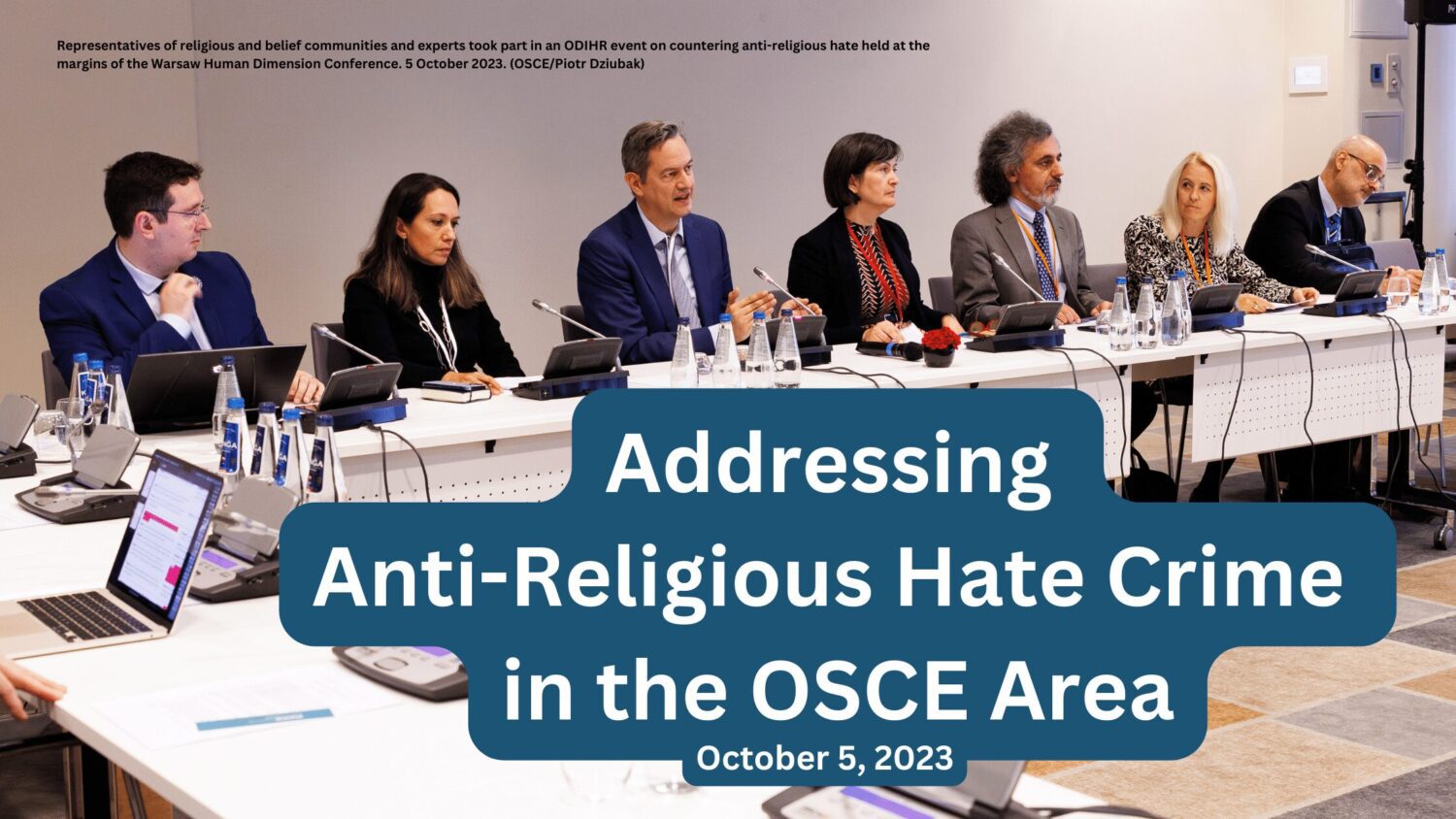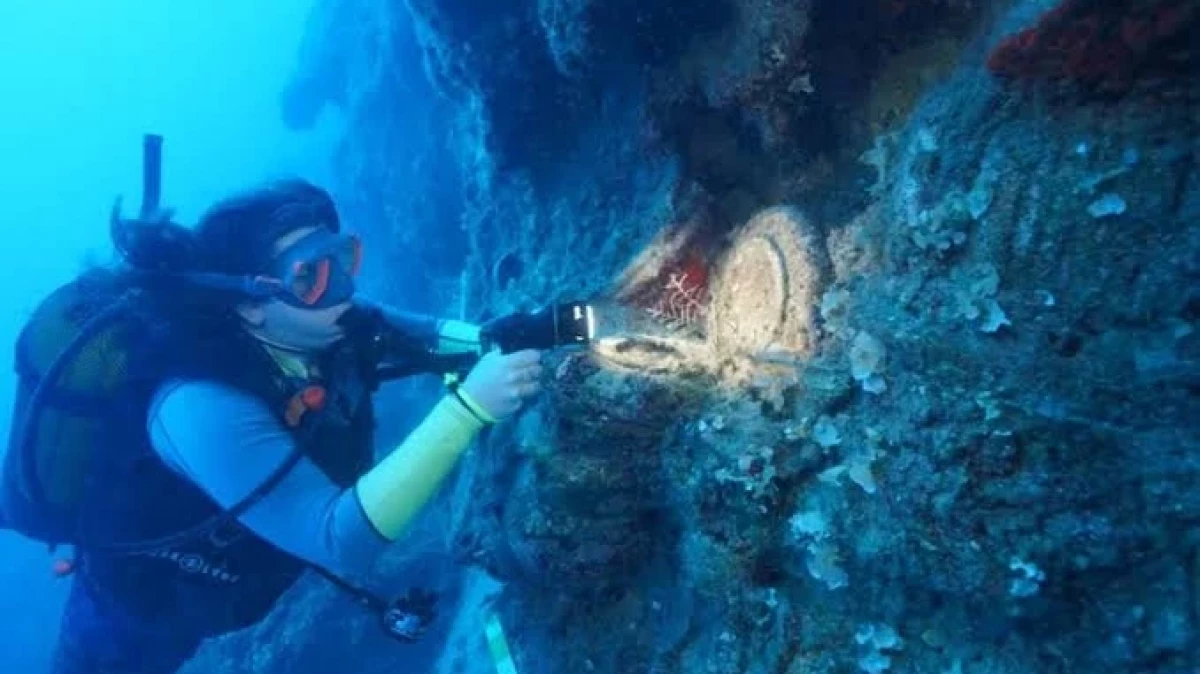HAMAS is a terrorist military structure that does not desire the well-being of the Palestinian people, but rather the elimination of the Jewish people, down to the last Jew
I think no one doubts that HAMAS is a terrorist organization. However, the West has lost perspective on a conflict that was not precisely started by the Jews. The facts are clear. One town is attacked by another and has the right to defense, and to the best possible defense, against a terrorist organization that, we must not forget, began by murdering civilians, including women and children.
HAMAS is a terrorist military structure that does not desire the well-being of the Palestinian people, but rather the elimination of the Jewish people, down to the last Jew, no matter how old he or she is. That is the maxim of a totalitarian organization whose only interests are to sow horror and serve the interests of Iran and other deeply ideologized countries with which it is not possible to understand each other.
HAMAS, as a totalitarian organization, is what keeps the Palestinians of the Gaza Strip oppressed, not Israel. In fact, this religious organization is the one that bombed one of the possible exits through the Egyptian border, to hinder the movement of men, women and children who wanted to escape the horror. As a sectarian and totalitarian organization, it uses as human shields thousands of people whom it has asked not to leave the Strip and has made their exit difficult with its permanent actions.
HAMAS, in its madness showing the images of kidnapped children, in the arms of masked terrorists, continues to provoke the Jews. We have arrived, in this absurdity of violence and communicative voracity, to the grotesque spectacle of seeing how images of stabbing, cutting the throat, or shooting in the back of the head are proudly disseminated by those who commit them, as a form of communication. HAMAS’s greatest achievement with its attack on Israel has been to set the Middle East on fire again, without caring one bit about its own people. What was the fault of the hundreds of young people, adolescents murdered mercilessly in the rave for peace in the desert? The hundreds killed by HAMAS in the Kibbutz, where the terrorists entered house by house and killed men, women or children, including babies a week ago, seem to count for no one in the West.
This morning I was listening to a program on Antena 3 (Spain) Public mirror, to a Spanish woman living in the West Bank, married to a Palestinian, Juani Rishmawi spoke of the pain caused by the images of the children who have died under the selective bombing of the Israeli forces and echoed the pain of all of them, for the love that Palestinians feel for their children. However, I have not heard her comment anything about the children that the terrorists keep kidnapped, using them as human shields, or about those who murdered and continue to do so whenever they can. This false morality, this hatred of others, this demonization of the other within Islam is a constant that clouds the rationalization of a conflict entrenched in a Manichean way of understanding religion.
HAMAS is undoubtedly a destructive sect that has held the Gaza Strip hostage. We will be able to establish calls for peace, we will be able to sit down the Jews, Egyptians, Lebanese, Arabs, and talk about peace, about pacts, but we will not be able to sit down the Afghans, Iranians or other radical groups, simply because their way of understanding life is sexist. , misogynistic and above all without conscience. We can talk about human rights in the Gaza Strip, and we see how despite their strategy, the United States and Egypt are trying by all means to build bridges with Israel. The entry of the army has been delayed because the Jews do not want to be atrocious, but as a people, they have historically learned that if they do not defend themselves they will be murdered. What are the gestures that HAMAS has made to try to stop the exodus of its compatriots? Show corpses, show images and boast about being as cruel as DAEHS or ISIS. The reality of the war that we are seeing was clearly described to us in his words, the war correspondent of Radio Nacional de España, Fran Sevilla, when in one of his chronicles he explained: “The videos of the kidnappings and murders of Israelis are being released by HAMAS; those of the bombings of Gaza, by the Israeli Army; and the images of those killed in Gaza, by Palestinian journalists authorized by HAMAS.”
It is the terrorists, with the use of information, who control the flow of what the average viewer sees on their screens. Interested and biased information that the West shows shamelessly, without knowing that it is unwittingly becoming an accomplice of terrorists who only want publicity. It had never happened before that the assassins themselves wanted to show images of their exploits. And this retransmission of images induced by terrorism increases hatred so that this call to lone wolves around the world, begin to commit atrocious actions, such as the murder of a teacher in France.
Until we understand the conflicts that radical Muslim groups are leading us into, until we understand that they do not represent Islam, and until we understand that groups like HAMAS only serve their own interests, there will continue to be atrocities. And to conclude this approach to voracious terrorism, a question is why HAMAS has not returned the kidnapped people and thus prevented the exodus of the inhabitants of the Strip, perhaps because that does not serve their interests?
Originally published at LaDamadeElche.com














